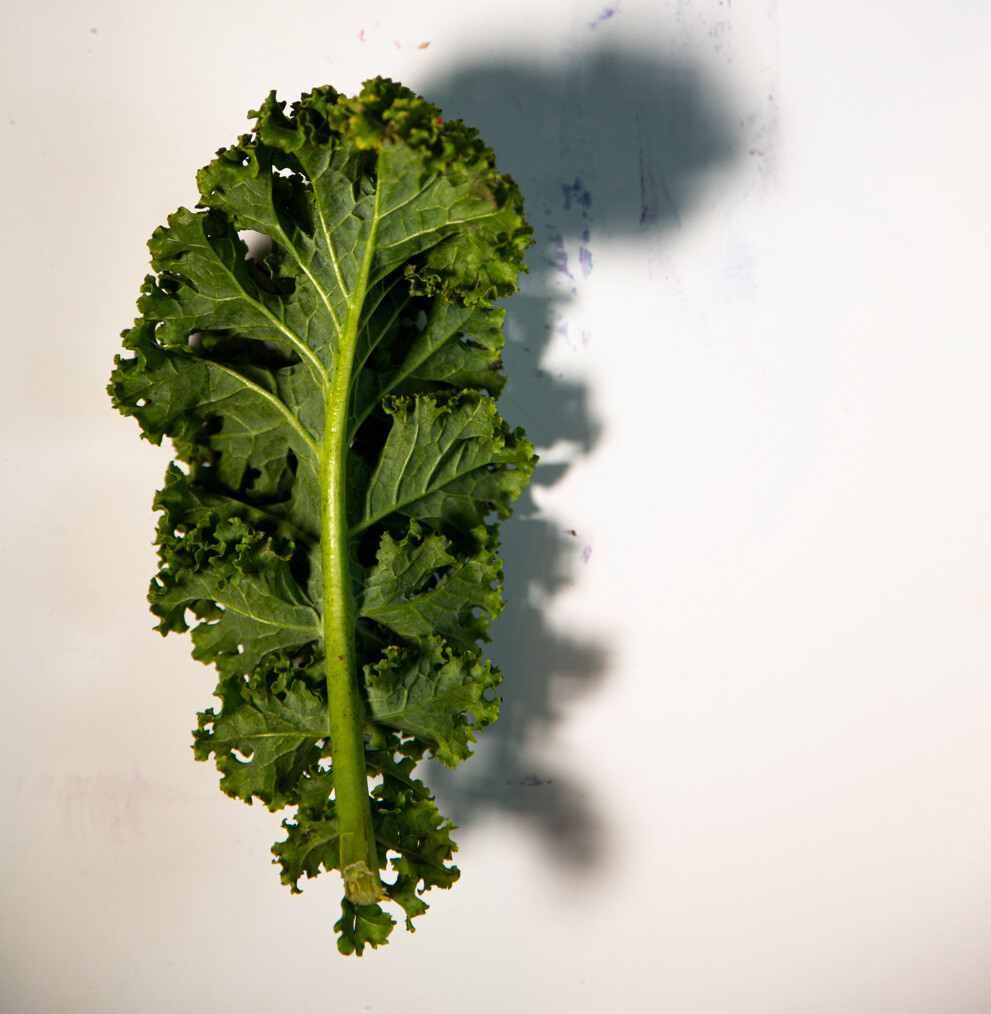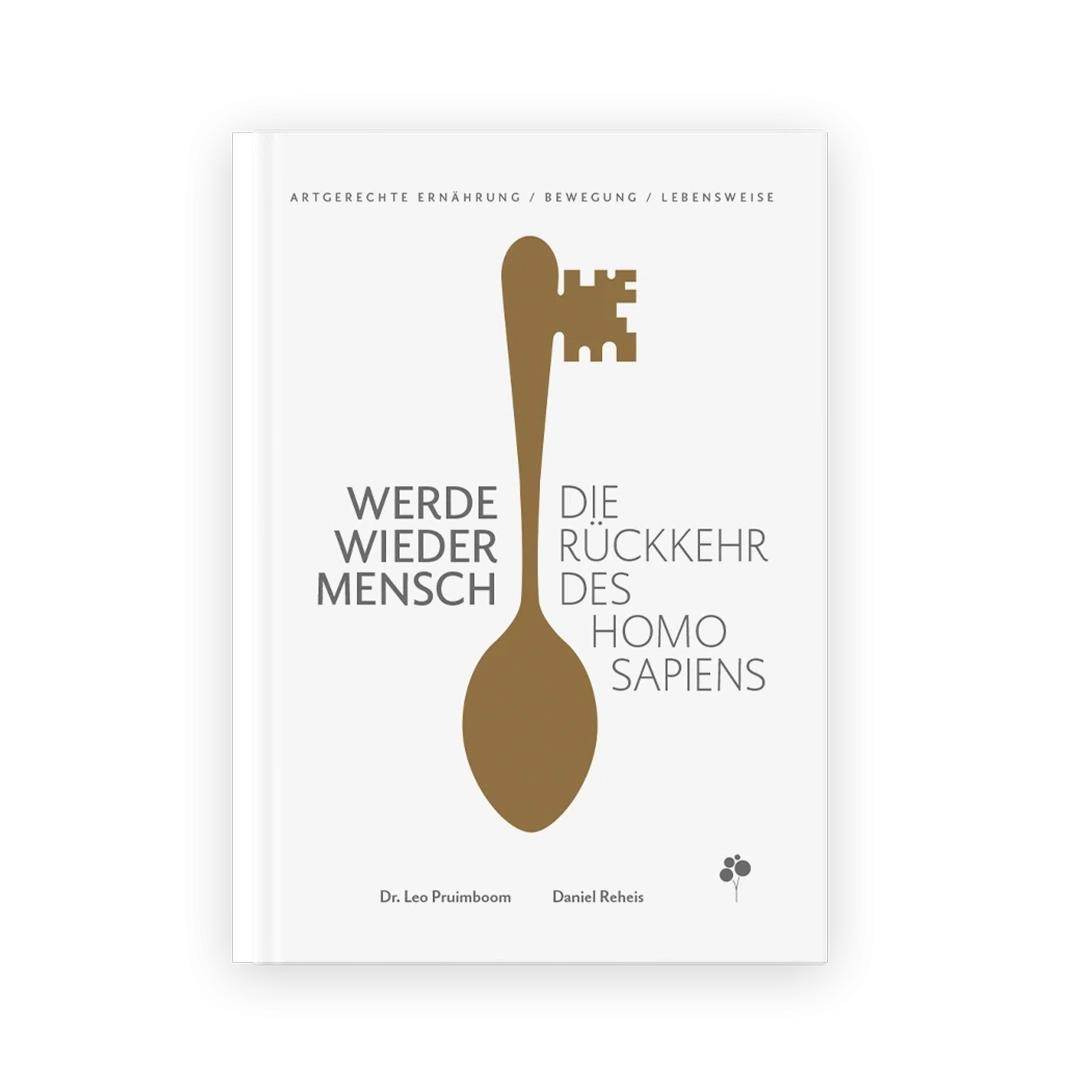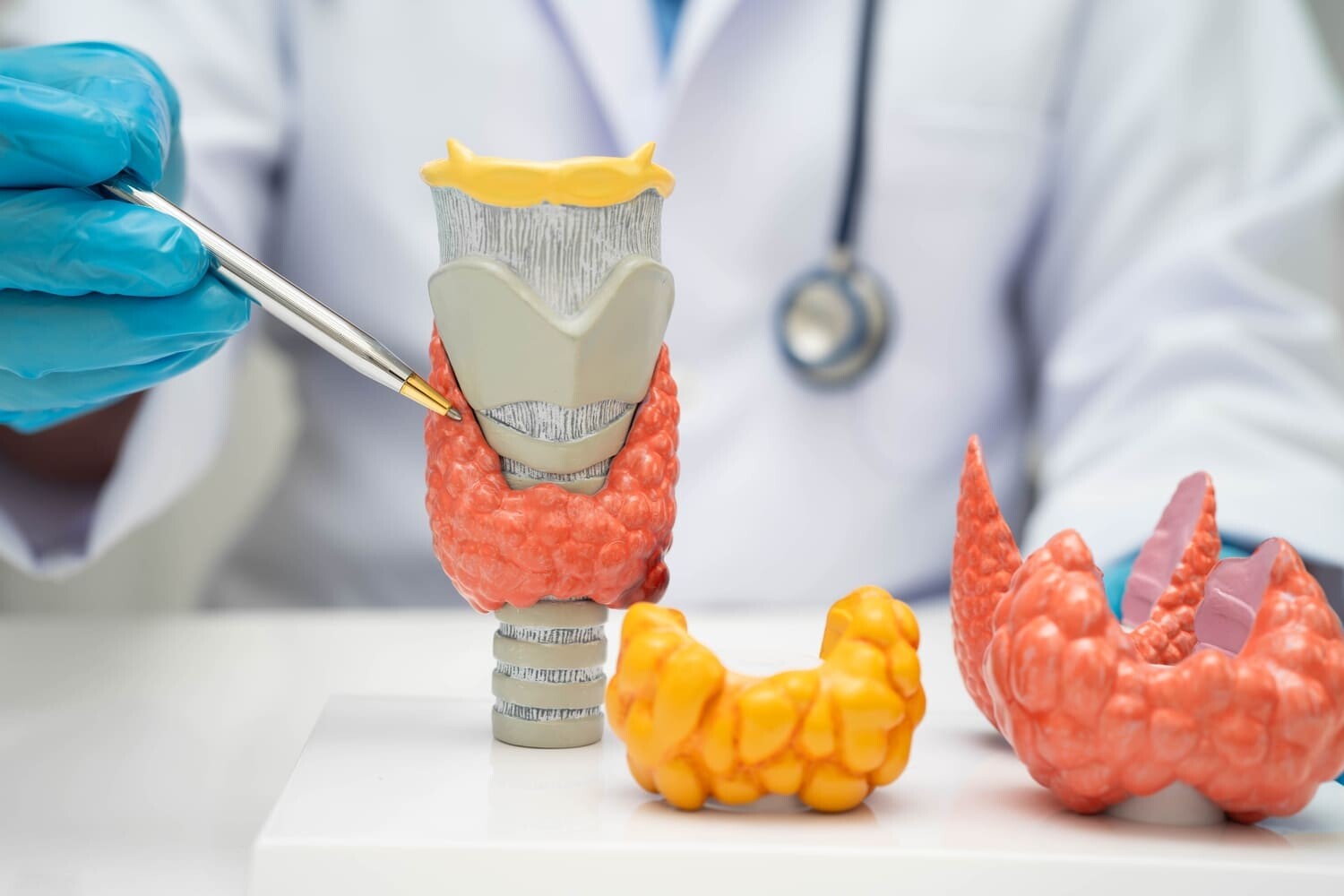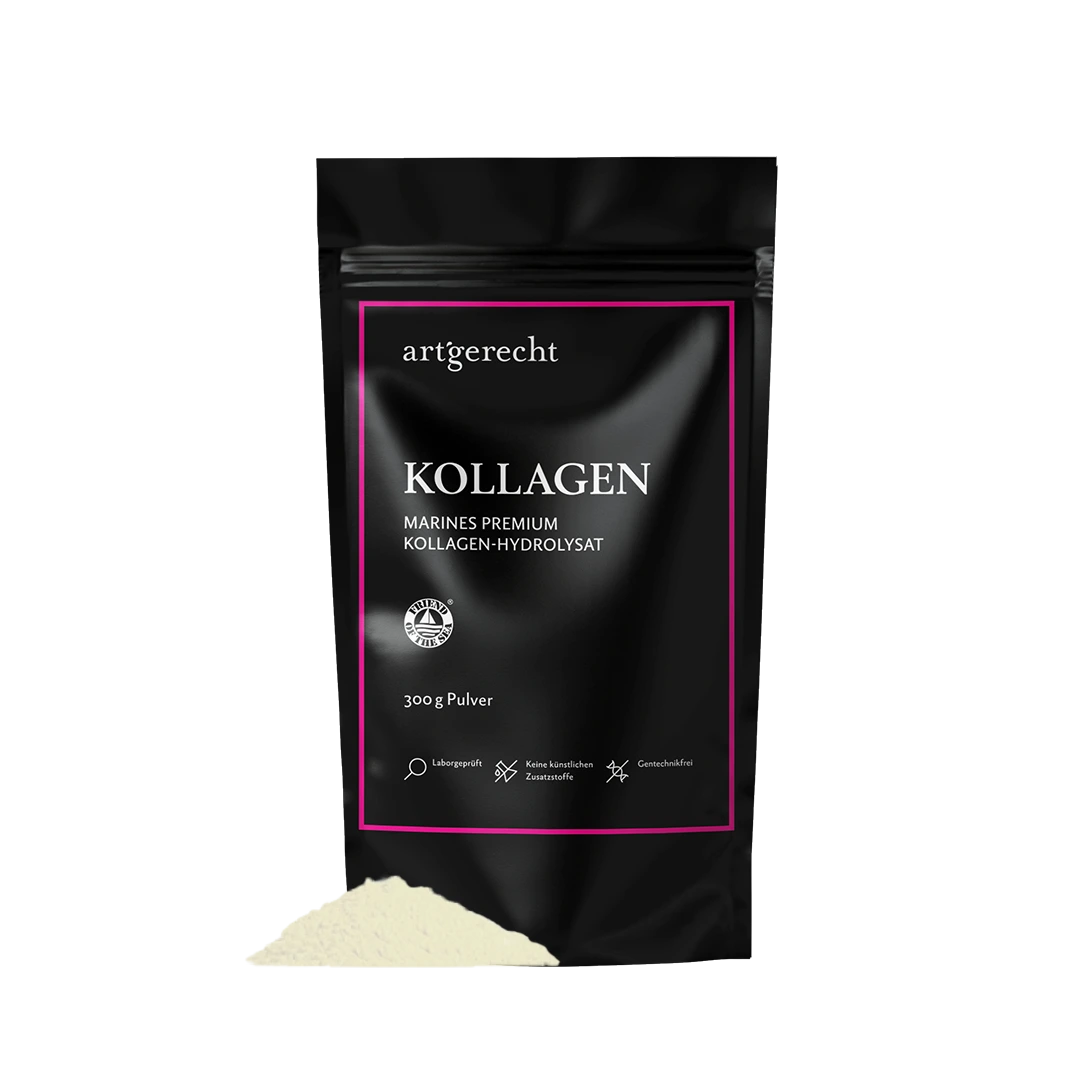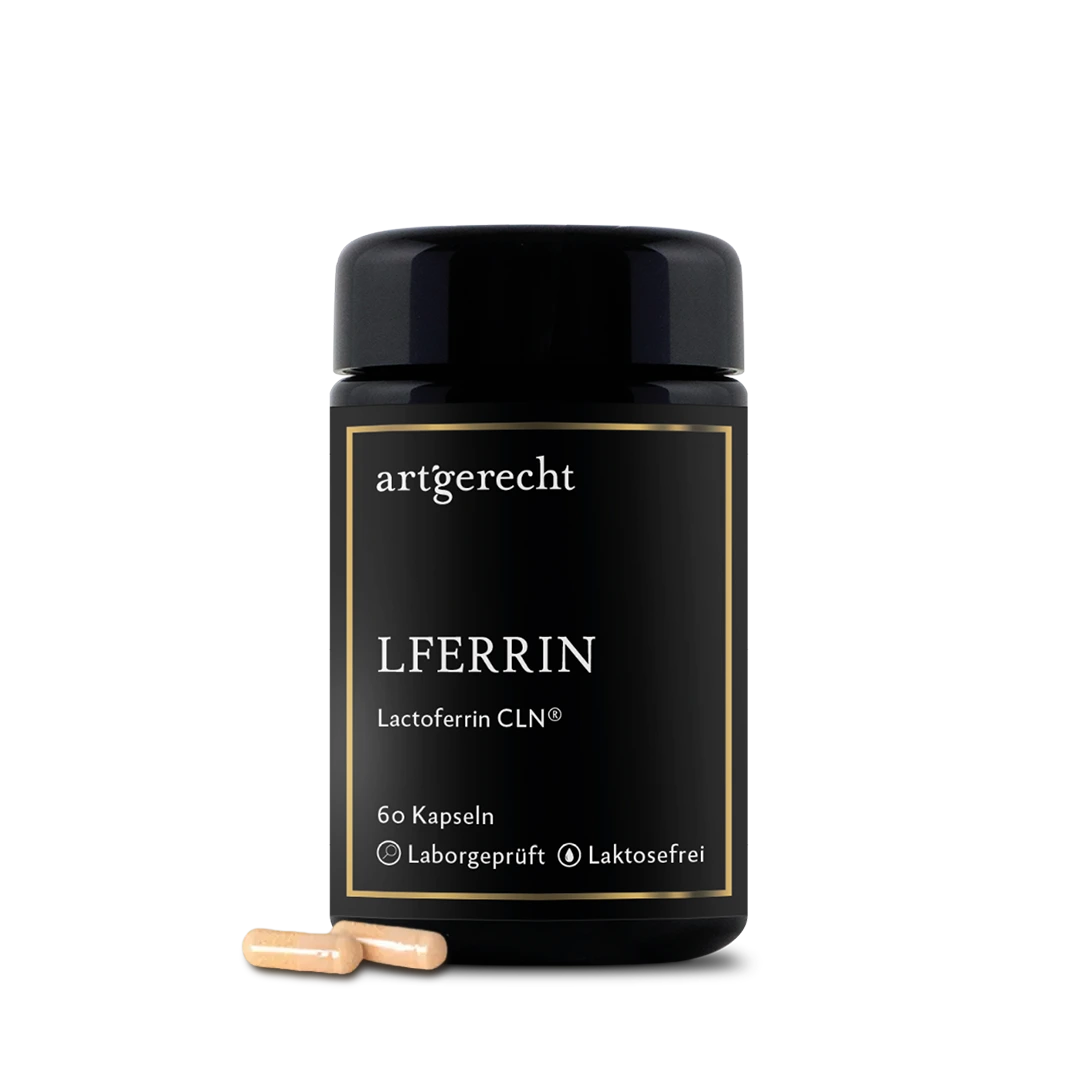- What is a species-appropriate diet?
- Flexibilität ist der Erfolg der Menschheit
- The human DNA – Our hardware
- What does a species-appropriate diet mean for humans?
- The human epigenetics – Our software
- The non-human DNA – Our hardware update
- What food do people need?
- What is the problem with the Western diet?
- Which evolutionären aspects still need to be considered?
- The basic concept of species-appropriate nutrition at a glance:
- Literature:
From low-carb and ketogenic, to vegetarian and vegan, to Mediterranean diets, there are a variety of diets. But which one is the right one - or rather, which one is species-appropriate for us humans? Does such a thing even exist?
What is a species-appropriate diet?
A type-appropriate diet is generally understood to mean a diet adapted to the body's metabolism. In this case for us humans, the Homo Sapiens. This is important to distinguish, as the term is associated more with animals and their welfare and less with humans. Nevertheless, it is understandable that the human diet and way of life has also been shaped in the course of evolution and is hardly anchored in our genes.
Flexibilität ist der Erfolg der Menschheit
Evolution is always about the ability to adapt. The more flexible an organism and the faster the adaptability, the greater the probability of successful survival of the species. In addition to reproduction, food intake also plays a decisive role. Nutrition provides us with the necessary energy, without which we cannot carry out any metabolic processes. The type of food we can absorb is genetically determined.
The human DNA – Our hardware
For the choice of our food, there are a few rules of the game that are of great importance for our survival. Because not all living creatures (whether plant, fungus or animal) in the world want to be eaten by us, or conversely, we can eat them. Accordingly, we have a certain evolution-based basic equipment in the form of our digestive system. As a result, the usability of certain foods is fixed and can only be changed slowly from generation to generation through evolutionary pressure. But what does this mean in terms of a nutritionally appropriate diet?
What does a species-appropriate diet mean for humans?
Our digestive system can digest certain organisms better, others worse and some not at all. Put simply, we cannot live from eating grass, but a cow can. It has adapted its entire hardware (its digestive system with seven instead of one stomach) to this. We would not die if we ate grass, but we could not survive by eating grass alone, because our digestive system or hardware is not designed for this. A species-appropriate diet for humans therefore takes into account which foods we have eaten for a long time (several 100,000 years) during our evolution.
The human epigenetics – Our software
The fact that as humans we only have one stomach is in our genes. But how it works and what it can adapt to is controlled by epigenetics. This adaptation in the software can vary from person to person, even from generation to generation be different and gives us a high degree of flexibility for individual adaptation to the environment.
An example: The increased and prolonged consumption of dairy products over several 1000 years has in Europe led to the population's capacity to digest lactose through dairy products;has meant that the population has not lost the ability to break down lactose by a lactose-splitting enzyme after childhood. This means that even after infancy we are able to utilize lactose to produce energy. In other parts of the world, such as in large parts of Asia, this has not happened, which is why many people there cannot tolerate dairy products in adulthood. So all that has happened here is a change in the software. However, it is not clear whether this change is good or bad for our health.
The non-human DNA – Our hardware update
One advantage is that nature has given us a few „extra genes“ to make us even more flexible. This genetic extra portion is found in our intestines and is called intestinal flora. Our intestinal bacteria increase our flexibility in food intake and energy utilization (Davenport et al., 2017). If, for example, we have no enzyme for a food, as is the case with fiber, there are bacteria that take on this task and produce energy for us. Since every person has a different diet due to the variety of nutritional forms, there is also not one microbiome.not one microbiome, but a wide range of configurations that allow us a wide food spectrum.
Is there an ultimate nutritional formula?
Forms of nutrition usually result from the fact that certain knowledge from science, combined from social tradition or also areas of empirical medicine have become established. This is a good thing - as long as no dogmas arise from this. If you look at human evolution, you can see that humans have shown themselves to be true adaptation wonders from the very beginning. As unique as every person is, so different are the needs of every individual. We are all different. Therefore there is not this one solution. However, there are foods that we tolerate better and worse. In general, it can be said that natural foods are easier for our bodies to absorb than industrially processed foods. If you make sure to integrate as much variety as possible into your diet and pay attention to certain nutritional rhythms, such as intermiiterating fasting, a burger won't do you any harm either. So, as so often in life, it all comes down to the right measure.
What food do people need?
As the human being is a miracle of adaptation, it is not the percentage distribution of carbohydrates, protein or fat that matters, as recommended in many diets. It is much more important to ensure variety in the diet. In a large-scale study, it was shown that a dietary diversity of 30 different plants per week (vegetables and fruit) already leads to significant changes in the microbiome, which is associated with better health (McDonald et al., 2018). A plant-based and therefore high-fibre diet promotes the diversity of the intestinal flora and improves the absorption of nutrients (Stephanie L. Schnorr et al., 2014).
When it comes to nutrition: there is no one right thing, but there are many wrong things. So here too, it's all about acceptance and tolerance – and questioning things.
Alexander Kumptner, Austrian chef and TV chef
A comparison of the composition of the intestinal flora of
What is the problem with the Western diet?
Humans need food to which they are genetically adapted. Foods that have only been available for a short time (due to the beginning of agriculture and the industrial revolution) bring with them the problem that no optimal adaptation has yet taken place. For example, humans can only consume a large amount of acellular carbohydrates such as grains and sugar (Spreadbury, 2012) or industrially produced plant fats such as sunflower or safflower oil (A. P. Simopoulos, 2006) (Artemis P. Simopoulos, 2011). Soy products and meat from not species-appropriate animal husbandry are also new foods, which do not only have positive effects and may be associated with health problems (Imran et al, 2018)(Godfray u. a., 2018).
Which evolutionären aspects still need to be considered?
In addition to the highest possible variety in nutrition, how much and how often people eat plays an even greater role. A diet adapted to the body's metabolism also includes an optimal food frequency, as this plays a major role in the metabolism. One to two meals a day show a significant reduction in disease risk compared to six meals or more (Kosec et al., 2019). The most important point here is the length of the fasting period, which in the best case is at least 12 hours (Kosec u. a., 2019). The time at which we eat also plays an essential role. The food intake is a signal transmitter for our biorhythm, which determines how active our digestive organs are. The optimal time for food intake is between 07:00-19:00 (Kosec et al., 2019). Taking these recommendations into account, this even has a positive influence on our intestinal flora (Kosec et al., 2019).
The basic concept of species-appropriate nutrition at a glance:
- Variety: A varied plant-based and high-fiber diet with at least 30 different plants per week.
- Food frequency: Avoid snacks in between meals, as a rule one to three meals per day. At least 12-16 hours break between the last and first meal of the day.
- Biorhythm: Ideally consume meals between 07:00 and 19:00.
Literature:
Davenport, E. R., Sanders, J. G., Song, S. J., Amato, K. R., Clark, A. G., & Knight, R. (2017, December 27). The human microbiome in evolution. BMC Biology. BioMed Central Ltd. https://doi.org/10.1186/s12915-017-0454-7
Godfray, H. C. J., Aveyard, P., Garnett, T., Hall, J. W., Key, T. J., Lorimer, J., … Jebb, S. A. (2018, July 20). Meat consumption, health, and the environment. Science (New York, N.Y.). American Association for the Advancement of Science. https://doi.org/10.1126/science.aam5324
Imran, M., Gilani, S. A., Bashir, S., Biomed, F. A., Sci, J., & Res, T. (2018). Effects of Dietary Soy and Its Constituents on Human Health: A Review Volume 5-Issue 4: 2018 Open Access. https://doi.org/10.26717/BJSTR.2018.12.002239
Knight, R. (2015, January 1). Dietary effects on human gut microbiome diversity. The British journal of nutrition. Cambridge University Press. https://doi.org/10.1017/S0007114514004127
Kosec, T., Kuhar, V., Kranjc, A., Malnarič, V., Belingar, B., & Legat, A. (2019). The influence of meal frequency and timing on health in humans: The role of fasting. Sensors (Switzerland), 19(8), 1–19. https://doi.org/10.3390/s19081956
Lozupone, C. A., Stombaugh, J. I., Gordon, J. I., Jansson, J. K., & Knight, R. (2012, September 13). Diversity, stability and resilience of the human gut microbiota. Nature. Nature. https://doi.org/10.1038/nature11550
McDonald, D., Hyde, E., Debelius, J. W., Morton, J. T., Gonzalez, A., Ackermann, G., … Kosciolek, T. (2018). American Gut : an Open Platform for Citizen Science Microbiome Research, 3(3), 1–28. Retrieved from https://doi.org/10.1128/mSystems
Petti, A., Palmieri, B., Vadalà, M., & Laurino, C. (2017). Vegetarianism and veganism: not only benefits but also gaps. A review. Nutrition, 19, 229–242. https://doi.org/10.23751/pn.v19i3.5229
Schnorr, S L, Candela, M., Rampelli, S., Centanni, M., Consolandi, C., Basaglia, G., … Crittenden, A. N. (2014). Gut microbiome of the Hadza hunter-gatherers. Nat Commun, 5, 3654. https://doi.org/10.1038/ncomms4654
Schnorr, Stephanie L., Candela, M., Rampelli, S., Centanni, M., Consolandi, C., Basaglia, G., … Crittenden, A. N. (2014). Gut microbiome of the Hadza hunter-gatherers. Nature Communications, 5. https://doi.org/10.1038/ncomms4654
Simopoulos, A. P. (2006). Evolutionary aspects of diet, the omega-6/omega-3 ratio and genetic variation: nutritional implications for chronic diseases. Biomedicine and Pharmacotherapy, 60(9), 502–507. https://doi.org/10.1016/j.biopha.2006.07.080
Simopoulos, Artemis P. (2011). Importance of the Omega-6/Omega-3 Balance in Health and Disease: Evolutionary Aspects of Diet. In World review of nutrition and dietetics (vol. 102, p. 10–21). https://doi.org/10.1159/000327785
Spreadbury, I. (2012). Comparison with ancestral diets suggests dense acellular carbohydrates promote an inflammatory microbiota, and may be the primary dietary cause of leptin resistance and obesity. Diabetes, Metabolic Syndrome and Obesity : Targets and Therapy, 5, 175–189. https://doi.org/10.2147/DMSO.S33473 PM – 22826636 M4 – Citavi

